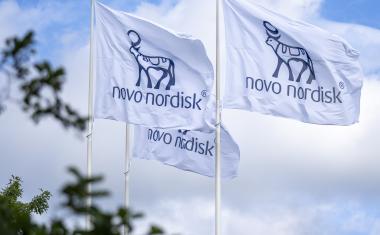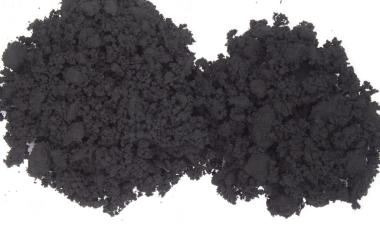Minicircle DNA
The minicircle has emerged as a Next Generation Gene Vector and as a promising tool in the field of gene delivery and therapeutic applications. This overview aims to cover the characteristics, production methods, and potential applications of minicircle DNA.
The minicircle has emerged as a next generation gene vector and as a promising tool in the field of gene delivery and therapeutic applications. This overview aims to cover the characteristics, production methods, and potential applications of minicircle DNA
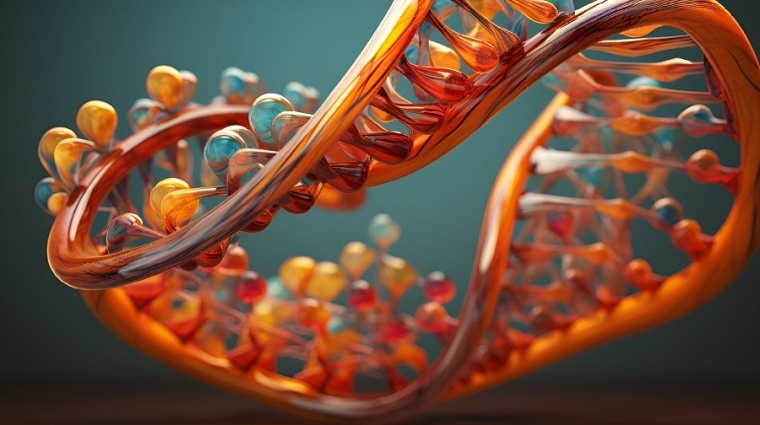
Gene therapy holds great promise for the treatment of various genetic disorders and diseases. However, the success of gene therapy largely depends on the efficient and safe delivery of therapeutic genes into target cells. Traditional, non-viral gene delivery vectors, such as plasmid DNA (pDNA), often suffer from limitations such as immunogenicity, limited cargo capacity, potential undesired integration into the host genome, and carry unwanted gene motifs like antibiotic resistance genes.
A promising approach to overcome the few drawbacks of pDNA are minicircles. These are supercoiled circular double-stranded DNA molecules that lack bacterial backbone sequences, resulting in a smaller size compared to conventional pDNA. Like plasmids. They can be designed to contain specific regulatory elements, such as tissue-specific promoters or enhancers, to enhance gene expression in desired cell types. Minicircles are structurally identical to plasmids as they are supercoiled covalently closed (ccc), resulting in an extremely small but at the same time highly efficient topology, superior to open circular or linear forms (Figure 1). However, the notable smaller size allows for increased cargo capacity, improved stability, and reduced immunogenicity. In contrast to small e.g., so called nano plasmids, no selection process is used in their production and, of course, no sequence element as such is included.
Minicircle Production
PlasmidFactory uses an exclusive proprietary patented technology to produce non-synthetic minicircle DNA. A plasmid containing the gene of interest (GOI) serves as the starting material. The GOI is inserted into the so-called parental plasmid, followed by intramolecular recombination. The resulting minicircle DNA contains almost exclusively the GOI and its regulatory sequence motifs as well as a short (< 150 bp) residual sequence region (SCAR). Superfluous bacterial backbone sequences are completely removed.
Minicircle vs Plasmid DNA
When comparing a minicircle with the corresponding conventional plasmid, carrying the same gene cassette, e.g. the reporter gene GFP, minicircles show enhanced gene expression in all cell lines tested [1]. This improvement is not only mediated by increased intracellular DNA copy numbers after gene transfer using minicircles but also by a higher number of GFP-positive cells after minicircle gene transfer as revealed by FACS analysis. The effect is also visible when comparing the equimolar ratio between plasmid and minicircle DNA. Altogether, this enhanced gene transfer rates after transfection with minicircle DNA lead to enhanced transgene mRNA transcription compared to the results obtained with conventional pDNA.
Minicircles carrying other reporter genes such as luciferase, and lacZ are regularly produced in high yield and reproducible quality, thus they are kept constantly in stock. They already have been used for gene transfer, e.g. via lipofection or electroporation into various mammalian cell lines [2].
“The ability to design minicircles with specific antigenic sequences and immunomodulatory elements makes them an attractive platform for vaccine development.”
Applications of Minicircle DNA
1. Gene therapy, gene editing
In vivo gene editing often requires multiple editing elements. The increased cargo capacity of minicircles allows for the co-delivery of multiple components, enhancing the efficiency and versatility of gene editing approaches. For example, minicircle-based delivery of CRISPR-Cas9 elements enables precise modifications of the target genome to modulate specific cellular processes and in general holds great potential for other gene therapy applications due to its improved safety profile and increased cargo capacity. Additionally, cargo sequences exceeding 22 kbp can be integrated into the minicircle.
2. Gene therapy, RNAi
The natural mechanism of RNA interference (RNAi) offers new strategies to silence gene expression in target cells using for examples short interfere RNAs (siRNAs) and fight e.g., neurodegenerative diseases such as Parkinson disease.
However, although being quite effective in reducing gene expression, the use of siRNAs is limited by its rather short half-life in the target cell which is not favourable to treat chronic diseases. Thus, constructing a delivery system that enables prolonged expression that is not affected by immune inhibition remains one of the major challenges in this context. While plasmids tend to be resistant to electroporation into exosome (which is essential for brain-targeted delivery), adeno-associated viruses (AAVs) cause issues with the host immune system. Using minicircles can overcome both these shortcomings due to their small size and the lack of bacterial backbone sequences.
Based on this, scientists developed short hairpin RNA (shRNA)-minicircles that have the potential to reduce silence alpha-synuclein expression, a small protein cluster playing a critical role in Parkinson’s disease development. These findings offer hope for long-term treatment strategies in chronic, neurodegenerative diseases [3].
3. Vaccine development
The ability to design minicircles with specific antigenic sequences and immunomodulatory elements makes them an attractive platform for vaccine development. Such minicircle-based vaccines have shown promise in inducing robust immune responses against infectious diseases and cancer [4].
“Researchers from PlasmidFactory, the Medical University of Hannover (MHH), the Centre for Molecular Medicine Cologne (ZMMK) and the Kornea Laboratory of the University of Erlangen have established an innovative workflow based on minicircle DNA.”
4. Production of viral vectors: AAV
In the production of AAV vectors, plasmids are often used as starting materials. These plasmids contain information on the packaging of therapeutic genes in the virus particles. However, bacterial resistance genes contained in the plasmids can potentially be transferred into the AAV capsid as well. This so-called retro-packaging can lead to contamination and impair the therapeutic application.
Rsearchers from PlasmidFactory, the Medical University of Hannover (MHH), the Centre for Molecular Medicine Cologne (ZMMK) and the Kornea Laboratory of the University of Erlangen have established an innovative workflow based on minicircle DNA. The use of the minimalistic DNA vector instead of conventional plasmids avoids retro-packaging of bacterial sequences and greatly improves the purity and quality of the viral vector [5].
Moreover, this strategy enables the production of AAV vectors without bacterial resistance genes and hence, already meets future regulatory requirements for therapeutically usable viral vectors — making Minicircle DNA a promising alternative for AAV production.
5. Cellular therapies: CAR-T cells
The field of oncology has seen an expansion in immunotherapies with the introduction of CAR (chimeric antigen receptor) T-cell therapies. These therapies target antigens expressed on tumour cells with CAR-modified T-cells recognising and destroying them. However, current manufacturing methods using plasmid transfection have low efficiency due to a certain DNA toxicity, while viral vector-based transfection poses safety risks and regulatory challenges. The low gene transfer rates and high T-cell toxicity often require repeated expansion cycles to maintain modified T-cells, which is time-consuming, expensive, and may lead to T-cell depletion.
Minicircle DNA shows a significantly reduced DNA toxicity and immunogenicity, making CAR-T cell production much more efficient [6]. In combination with transposon systems e.g. like Sleeping Beauty or PiggyBac, it allows for non-viral gene transfer with a close-to-random integration profile. This significantly improves the safety profile of the resulting CAR-T cells [7]. This also holds true for reprogramming of comparably sensitive stem cells [8].
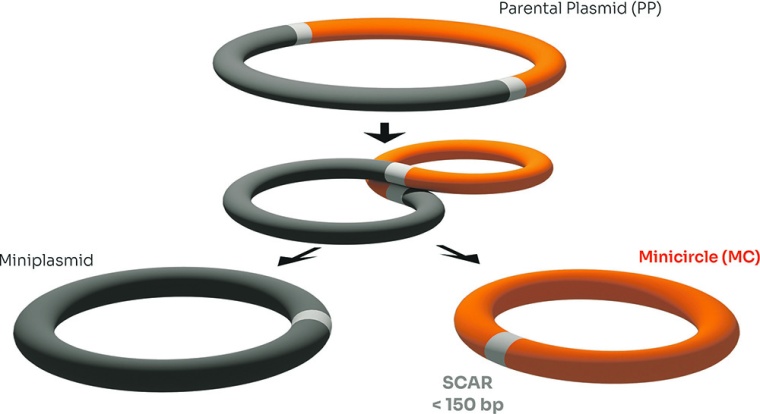
Conclusion and Outlook
Altogether, minicircle DNA provides several advantages over traditional plasmids and overcomes current shortcomings in the field of gene and cell therapy.
The small size and reduced immunogenicity are only two examples that in turn are associated to further advantages. With these unique characteristics, it combines safety, efficacy, and regulatory compliance, making it an attractive alternative to traditional gene delivery vectors and an indispensable tool for advancing gene therapies and personalized medicine.
“… minicircle DNA provides several advantages over traditional plasmids and overcomes current shortcomings in the field of gene and cell therapy.”
To also be able to provide plasmid and minicircle DNA for direct human application, PlasmidFactory has established the worldwide first GMP facility especially equipped for the (large scale) production of minicircle DNA as well as pDNA. In this facility, single-use equipment is exploited, including single-use fermenters to produce GMP-certified DNA in milligram to gram scale. The first production run will be finished by the end of the year. DNA produced in this facility will meet the stringent requirements for therapeutic products for human application.
Future research and development will further expand the application area of minicircle DNA and explore its full potential for therapeutical use.
Marco Schmeer, Head of Project Management, Melanie Wegener, Business Development, Gina Cheung, Scientific Sales Manager, and Martin Schleef, CEO, PlasmidFactory, Bielefeld, Germany
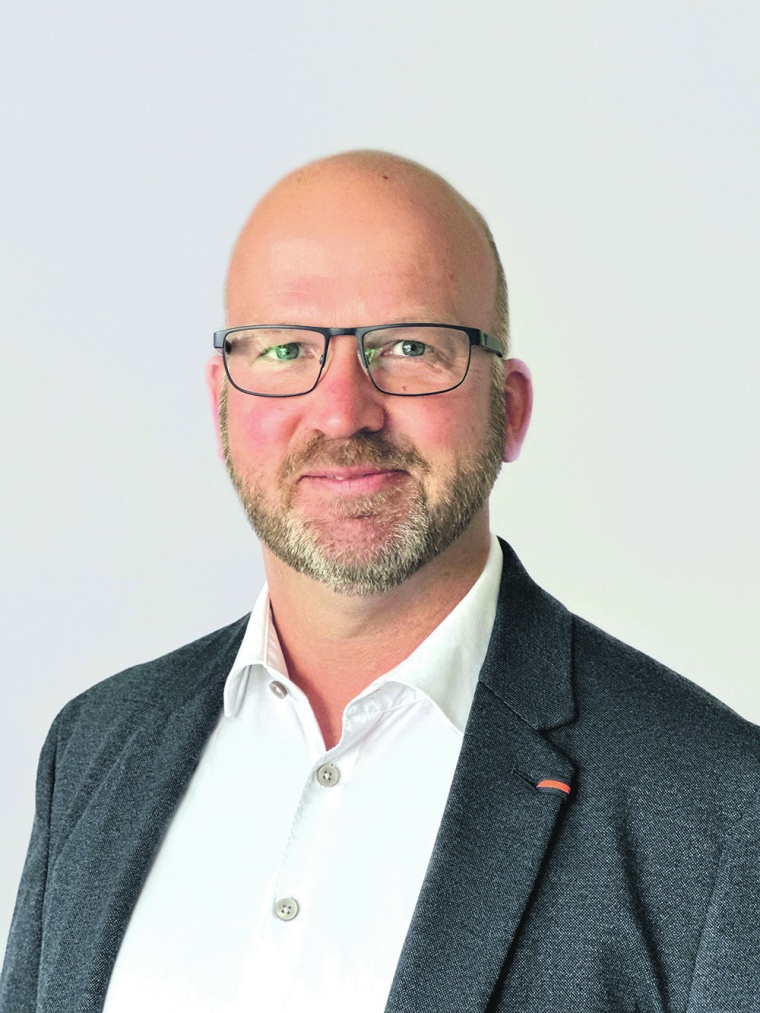
__________________________________________________________________________
[1] D. Kolbelt, M. Schleef, M. Schmeer, J. Aumann, P.M. Schlag, and W. Walther (2013), Performance of High Quality Minicircle DNA for In Vitro and In Vivo Gene Transfer, Mol. Biotechnol., 53 (1), 80-89.
[2] S. Chabot, J. Orio, M. Schmeer, M. Schleef, M. Golzio, and J. Teissié (2013), Minicircle DNA Electrotransfer for efficient Tissue targeted Gene Delivery, Gene Therapy 20 (1), 62-68
[3] M. Izco, J. Blesa, M. Schleef, M. Schmeer, R. Porcari, R. Al-Shawi, S. Ellmerich, M. de Toro, C. Gardiner, Y. Seow, A. Reinares-Sebastian, R. Forcen, J. P. Simons, V. Bellotti, J. M. Cooper, and L. Alvarez-Erviti (2019), Systemic Exosomal Delivery of shRNA Minicircles Prevents Parkinsonian Pathology, Molecular Therapy, https://doi.org/10.1016/j.ymthe.2019.08.010
[4] M. Schleef, R. Schirmbeck, M. Reiser, M.L.Michel, and M. Schmeer (2015). Minicircle: Next Generation DNA Vectors for Vaccination. In: Walther, W., Stein, U. (eds) Gene Therapy of Solid Cancers. Methods in Molecular Biology, vol 1317. Humana Press, New York, NY. https://doi.org/10.1007/978-1-4939-2727-2_18
[5] M. Schnödt, M. Schmeer, B. Kracher, C. Krüsemann, L. E. Espinosa, A. Grünert, T. Fuchsluger, A. Rischmüller, M. Schleef, and H. Büning (2016), DNA Minicircle Technology Improves Purity of Adeno-associated Viral Vector Preparations, Molecular Therapy—Nucleic Acids, 5, e355.
[6] R. Monjezi, C. Miskey, T. Gogishvili, M. Schleef, M. Schmeer, H. Einsele, Z. Ivics, and M. Hudecek (2016), Enhanced CAR T-cell engineering using non-viral Sleeping Beauty transposition from minicircle vectors, Leukemia, 1-9.
[7] D. Lock , R. Monjezi, C. Brandes , S. Bates, S. Lennartz, K. Teppert , L. Gehrke, R. Karasakalidou-Seidt, T. Lukic, M. Schmeer, M. Schleef, N. Werchau, M. Eyrich , M. Assenmacher, A. Kaiser, S. Prommersberger, T. Schaser, and M. Hudecek (2022), Automated, scaled, transposon-based production of CAR T cells, open access, Journal for Immuno Therapy of Cancer.
[8] M. Holstein, C. Mesa-Nuñez, C. Miskey, E. Almarza, V. Poletti, M. Schmeer, E. Grueso, J. Carlos Ordóñez Flores, D. Kobelt, W. Walther, M. K. Aneja, J. Geiger, H. B. Bonig, Z. Izsvák, M. Schleef, C. Rudolph, F. Mavilio, J. A. Bueren, G. Guenechea, and Z. Ivics (2018), Efficient Non-viral Gene Delivery into Human Hematopoietic Stem Cells by Minicircle Sleeping Beauty Transposon Vectors, Molecular Therapy Vol. 26 No 4, 1137-1153.












